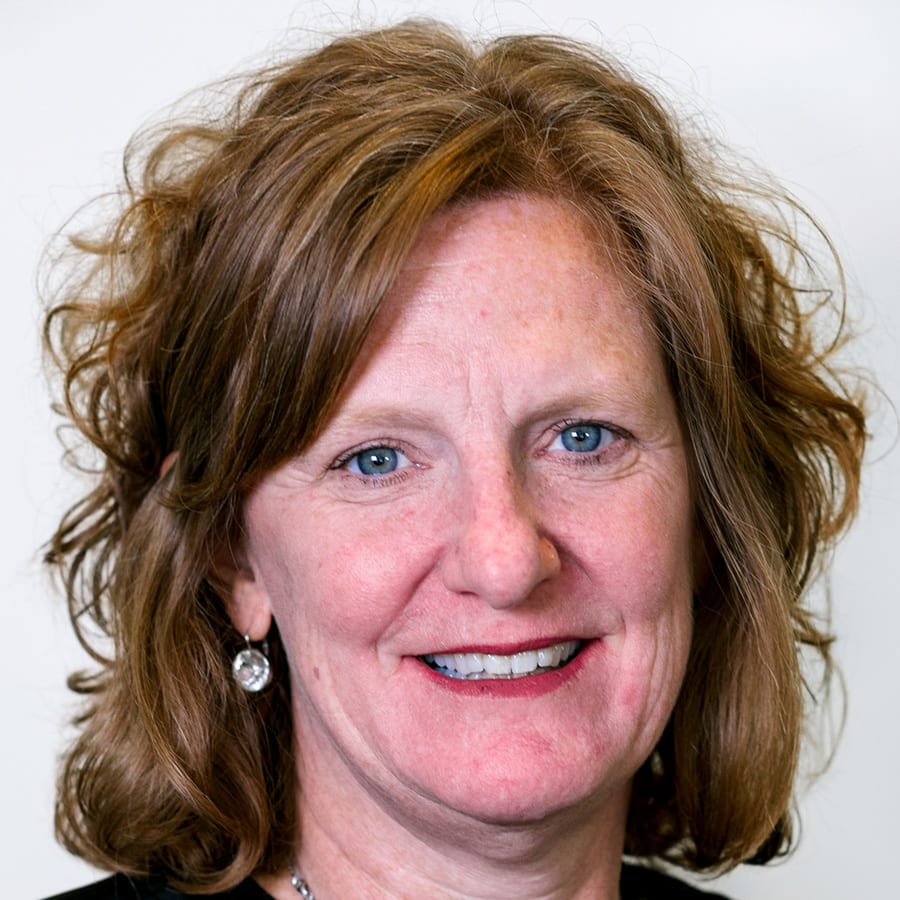This is an opinion column was written by Lynn Guerriero, President and CEO of Niagara Health, and Heather Paterson, Executive Vice-President of Clinical Operations. It was originally published in the St. Catharines Standard, Welland Tribune and Niagara Falls Review.

As we prepare for the annual surge of respiratory illnesses — like flu, RSV and COVID-19 —, it’s important to understand the enormous amount of work that happens behind the scenes to manage patient volume and flow. It’s a bit like air traffic control.
While most of us only see the front-facing elements of hospital care, there’s a team working tirelessly to ensure everything runs smoothly, from managing bed availability to co-ordinating doctor, nurse and staff schedules. This complex effort is a high priority, requiring time, expertise and careful planning to ensure patients receive the care they need in a timely manner.
This process is more than just logistics; it’s a meticulous, constantly evolving task. Every day, we assess patient numbers, track bed capacity and plan for potential surges. Our goal is simple but crucial: to ensure there’s room for everyone, to minimize wait times in the Emergency Department (ED) and to provide high-quality care. One of the key factors in achieving this is access to appropriate care outside of the hospital and discharge planning — ensuring patients who are ready to go home, with or without supports, or to another care facility, can do so promptly, freeing up beds for new arrivals.
At Niagara Health, each of our sites offers a variety of patient services and specialties. Our flow teams work closely with patients and families to transition patients to other sites to ensure the right providers, in the right place, are providing care. We understand that this can be inconvenient for patients and their families, but necessary to ensure timely access for all patients. There is a lot that happens behind the scenes to ensure these decisions are made carefully and with patient care as the top priority.
Know Your Healthcare Options
If you think you or a loved one is experiencing a medical emergency, call 9-1-1 right away or come to the nearest emergency department in St. Catharines, Niagara Falls or Welland.
Primary care should be your first point of care if you do not need emergency care. This includes family doctors’ offices, walk-in clinics, Urgent Care Centres, nurse practitioner clinics, community health centres, pharmacies and other healthcare options in the community. Using any of these options can help you and your loved ones access the care you need on a timely basis.

Lynn Guerriero, Niagara Health President and CEO
These efforts become even more critical as we approach the fall, when hospitals across Ontario are often pushed beyond capacity. Respiratory illness season brings an influx of patients to the ED, many of whom need to be admitted for treatment. We, like other hospitals, face the ongoing challenge of managing these surges while already being stretched thin by patients who remain in the hospital simply because they have nowhere else to go. This puts an enormous strain on clinical teams, who work around the clock to optimize resources and make sure no one is left waiting longer than necessary.
We can only admit patients who absolutely require a hospital stay. Some patients who visit the ED have conditions that can be better treated in the community. To help patients navigate their options and connect them with appropriate care, we have supports in place, such as our Quick Response Team and Geriatric Emergency Management (GEM) team. These teams are dedicated to ensuring that patients get the right care, at the right time, and in the right place, whether that's in the hospital or through community healthcare services.

Heather Paterson, Executive Vice-President, Clinical Operations
As we head into the fall and winter months, it's more important than ever to take proactive steps to protect yourself and others from seasonal illnesses. Getting the flu shot is the best defence against the flu, especially for those who are immunocompromised, seniors and other vulnerable populations. These populations should also keep up to date on their COVID-19 vaccinations and consider a pneumonia vaccination. As well, an RSV vaccine is available for high-risk older adults and infants. Vaccinations help protect you and help ease the pressure on our healthcare system, ensuring we can provide timely care to everyone. Vaccinations can be accessed a variety of ways, including through doctor’s offices, pharmacies and Niagara Region Public Health. Along with getting vaccinated, simple measures like staying home when you're feeling unwell, frequent hand washing, and covering your mouth when you cough and sneeze can go a long way in reducing the spread of illness.

